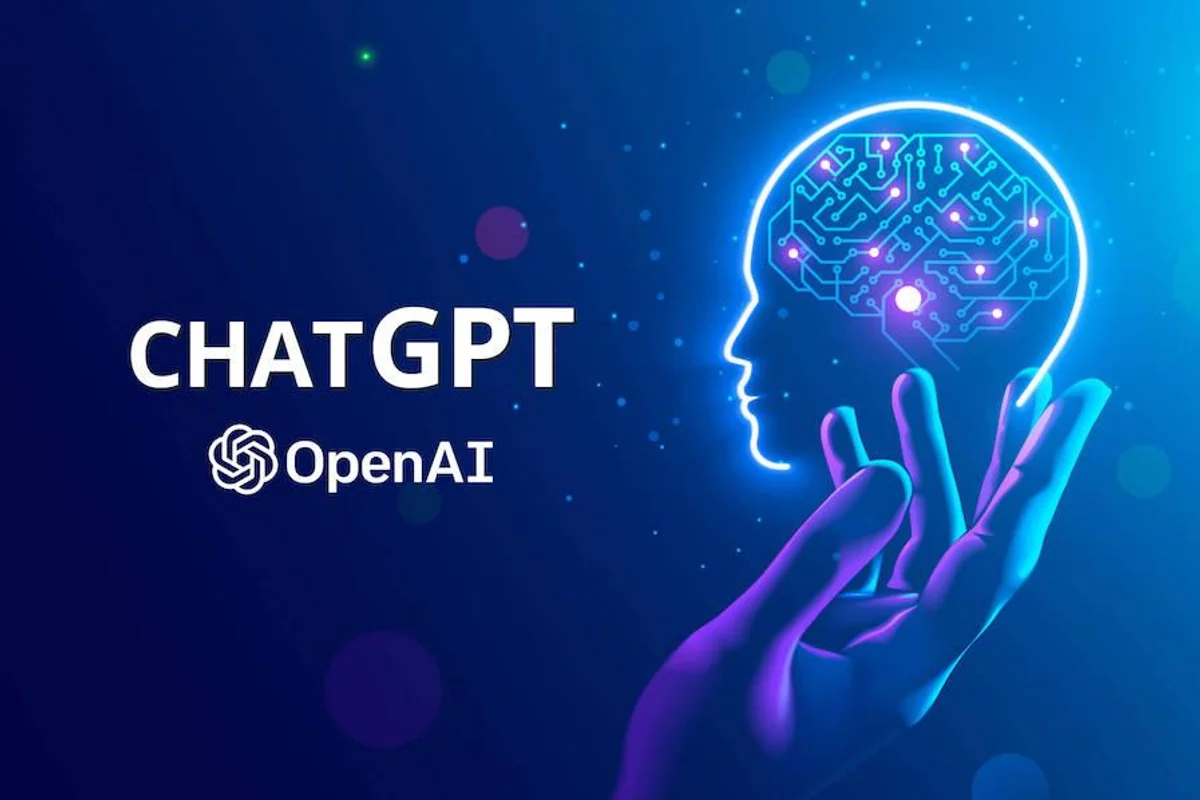
As technology plays an increasingly central role in business operations, the use of artificial intelligence (AI) becomes increasingly common. Artificial intelligence has the potential to revolutionize the way businesses work, and generative AI is one of the key technologies that businesses can use to unlock their potential.
According to Acumen Consulting report study and analysis: The global generative artificial intelligence market was worth $7.9 billion in 2021 and is expected to reach a market size of $110.8 billion by 2030, with annual growth of 34.3% from 2022 to 2030.
We will define the context of generative artificial intelligence and its benefits for businesses.

source: google.com
Generative AI uses deep learning to create outputs such as text, audio, video, or images from input data. New data can be generated by learning patterns and structures using statistical techniques. This technology has unlimited potential, especially for creating hyper-realistic images, realistic films and believable stories. One example is the GPT model, which uses the Transformer architecture to pre-train models on text data, enabling fine-tuning of NLP applications. Businesses can use generative AI, specifically the GPT model, to improve customer experience and optimize sales in chatbot applications.
GPT is a model language that uses Transformers and is trained on a large amount of text data. It uses “hidden language modeling” to guess the next word in a given text string. On the backend, various models and inputs work to analyze the data for prediction or classification.
The three main layers that help in prediction are crucial among the others.
The ability of the GPT model to produce grammatically correct text with natural language structure depends on several headings. the transforming layer. These attention points learn to evaluate the importance of different parts of the input sequence to make a prediction. Each attention head attends to a specific aspect of the input data, such as the position of words in a sentence or the relationship between words. By analyzing different aspects of the input data, attention heads allow the model to acquire more accurate data from complex models.
There are several generative AI models and several platforms are available to maximize generative AI. Through these platforms, companies can more easily integrate GPT into existing customer experience and revenue optimization initiatives.
OpenAI's GPT-3 is one of the tools most used generative. . Artificial intelligence systems. GPT-3 is intended to be a general-purpose language model capable of generating human-like text from input. A large set of texts from novels, news and other sources were used as training data. The text generated by GPT-3 can be grammatically correct and have a natural language structure.
Microsoft's Azure Machine Learning, a machine learning (ML) platform ) popular cloud-based. ), provides a broad range of tools and services for building, training, and deploying machine learning models, including generative AI models like GPT.
There are other Open models originating from machine learning frameworks such as TensorFlow and PyTorch. They provide tools and libraries for developing generative AI models like GPT. Importantly, integrating such models into a company's customer experience and revenue optimization efforts requires significant knowledge and planning to ensure alignment with the company's mission.
By using generative AI, businesses can save money money, become more efficient and improve. customer experience. If your company has its own app, you can use GPT and automate responses to customer questions. If you want to build an app, you can hire an app development company to help you develop an app and integrate GPT. Below are some of the top ways businesses can benefit from generative AI:
GPT is an excellent language model for businesses to improve customer service . experience because it can generate a language that resembles human language. Businesses can use GPT to create personalized, automated responses and product suggestions that increase customer satisfaction and loyalty. Additionally, GPT can be used to develop personalized content and ads to increase customer engagement and loyalty, resulting in improved sales and revenue. Personalized product recommendations improved customer engagement and satisfaction at Walmart and Amazon, two companies that have successfully implemented GPT.
Generative AI models like GPTs have the potential to drive cost savings, greater efficiency and better customer experiences, but it's obvious that it's important to use them ethically and securely to prevent data breaches.
By Shantun Parmar